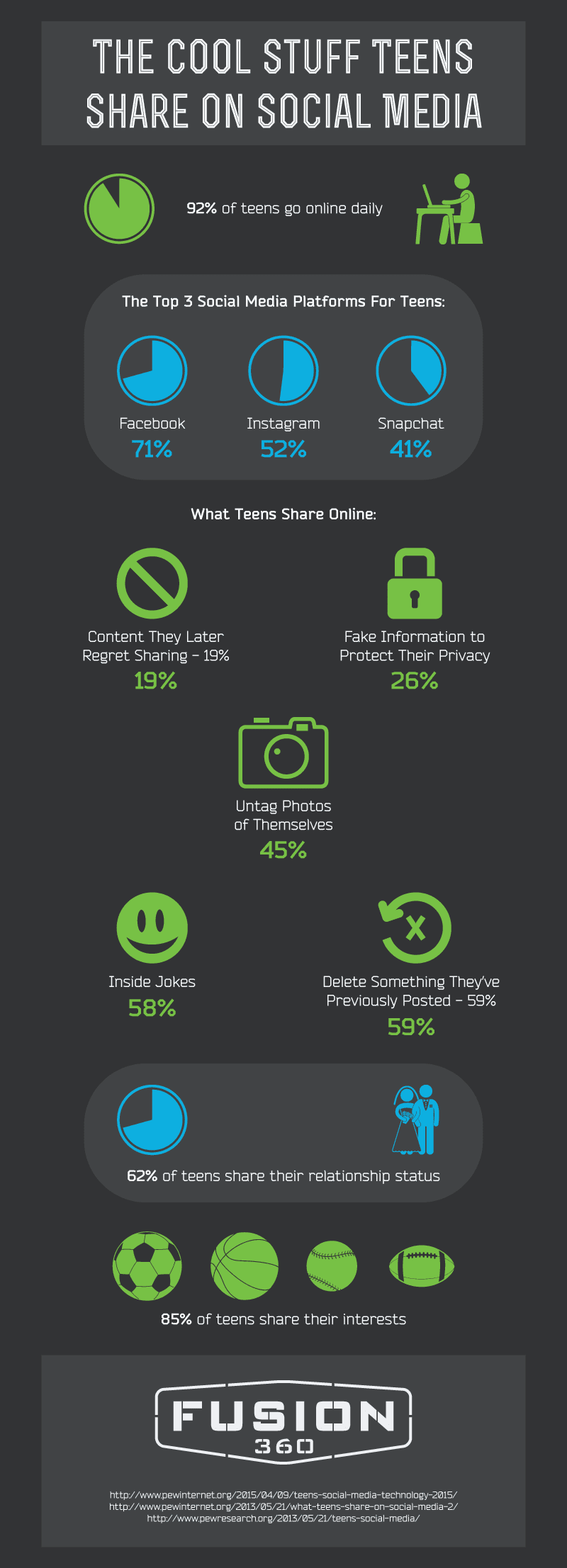With digital communication having become a mainstay of modern-day marketing, it’s no surprise that, in recent years, SEO has skyrocketed in popularity. Regardless of industry or corporate success, any and all brands stand to benefit from working with a team of experienced SEO professionals. However, in certain scenarios, for those who’ve already taken the proverbial SEO plunge and have had a negative experience, it might be time for a bit of a breakup. Here’s how to know:
Regardless of where you’re from or what your background is like, you love viral videos. Whether they be devoted to hilarious animals, adorable children, U.S. soldiers coming back from the Middle East or courageous stories of triumph, the American commoner can’t seem to get enough of them. Truthfully, as far as sound video production is concerned, there’s no greater success than an Internet video that reaches that ever-elusive state of liquid shareability.
As far as most of the world’s web and SEO enthusiasts are concerned, there are only two real players in the search engine game: Google and Bing. Though Google currently lays claim to a more dominant body of loyal users, Bing is quickly rising in popularity. Only time will tell who will win the great battle for complete and total digital dominance.
SEO is a key component of any sound marketing campaign for most of the world’s most influential, affluent companies. Needless to say, if your company currently finds itself in the startup phase, the digital product- or service-pushing practice has the potential to work wonders and should be highly considered.
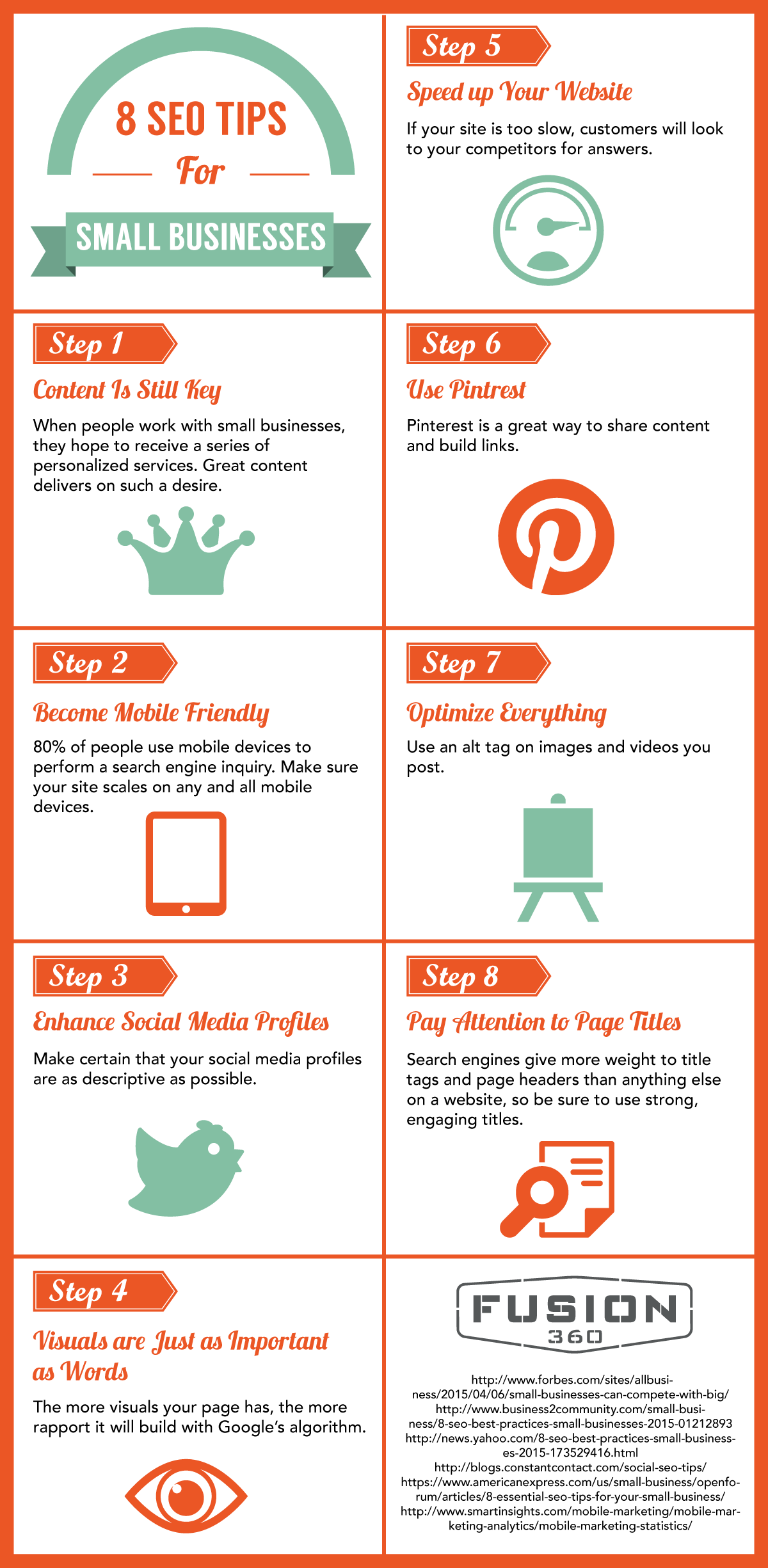
As far as corporate America is concerned, video production endeavors are best left to those of the professional realm. However, with numerous amateur production specialists all over the country, there’s plenty to learn and implement, regardless of your level of experience. For those new to the field, here are a few helpful tips to get you started:
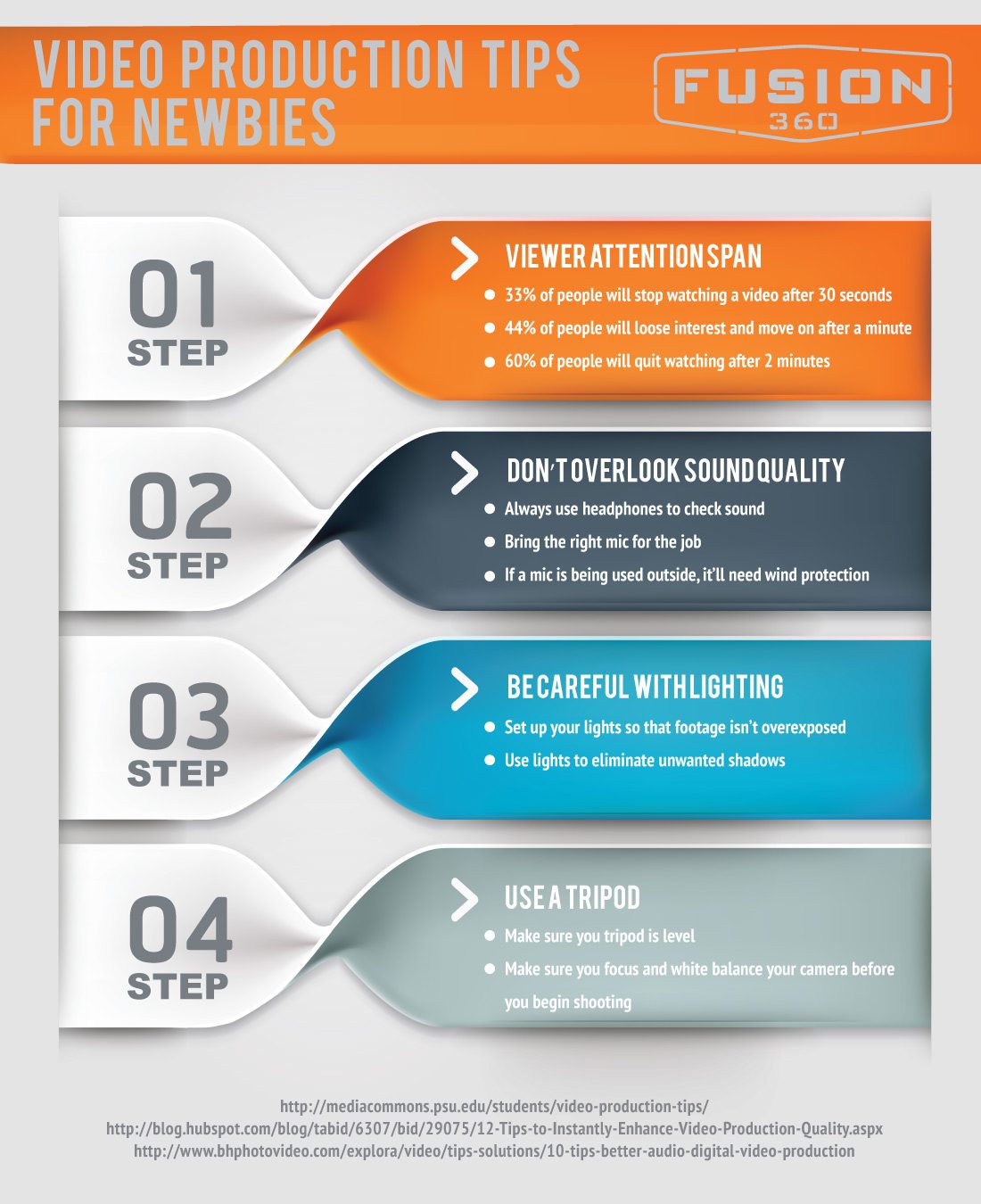
With digital communication being of the utmost importance for both small and large brands alike, the need for a robust social media presence can’t be understated. The following infographic seeks to better put into perspective the priority that is social media for businesses and why such an endeavor should be tackled with the help of a digital marketing agency.
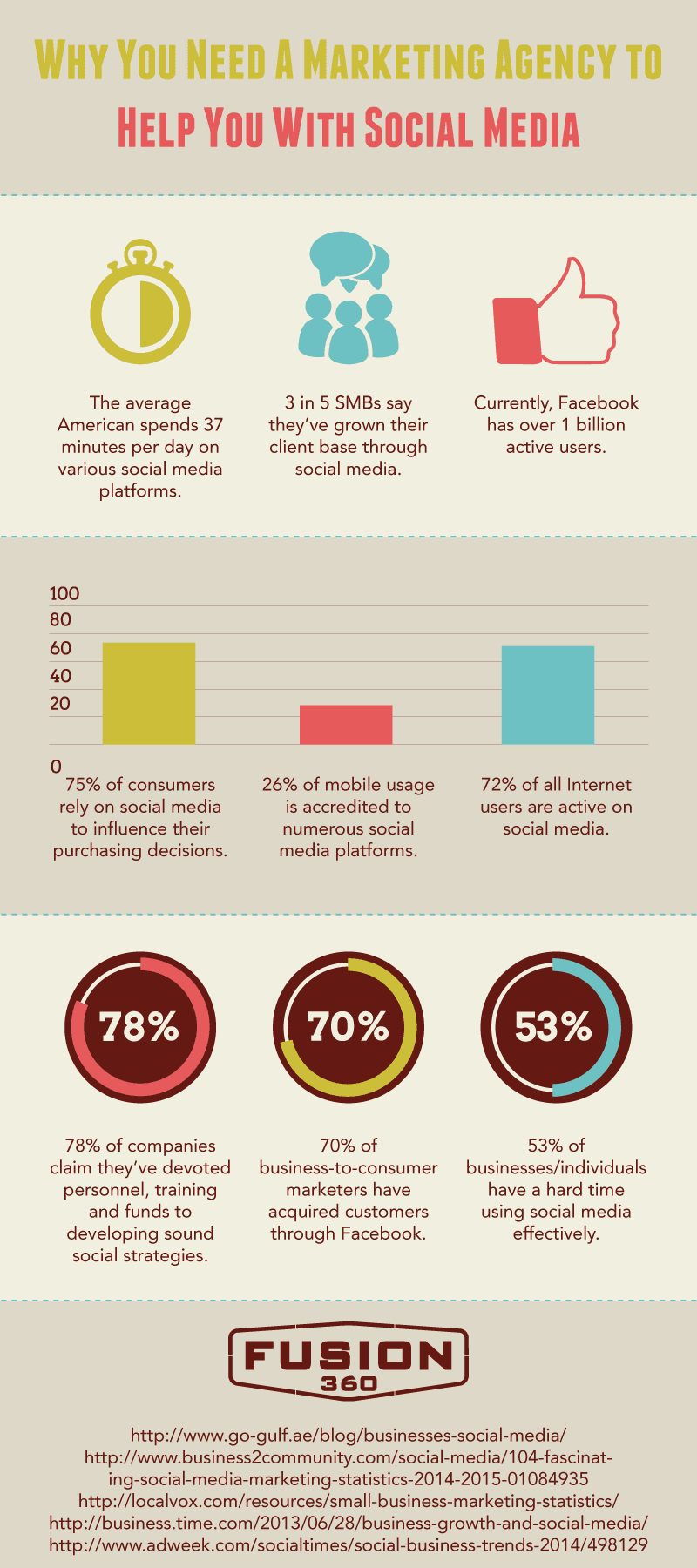
Many marketers understand one common convention: social media marketing and content marketing are different things. Although this is technically true, it doesn’t mean that companies should regard these entities as completely separate. The best content marketing agencies in Utah know that to achieve success, companies must create a marketing plan that regards social media marketing and content marketing as one.
Social media marketing requires content. Furthermore, effective social media marketing requires concise, relevant and engaging content. It also requires that the content fit within a specific platform’s parameters, which increases the difficulty of crafting superior content. If a company tweets or posts irrelevant and poor quality content, they won’t drive engagement. In order to avoid this trend and create a sound social media marketing campaign, consider implementing the three tips mentioned below.
1. Research Your Options
To be successful at content marketing in Utah, you must understand that different audiences prefer different social media networks. For example, the Pew Internet Research Project reports that the average Twitter user is a non-white male that’s young, affluent and college-educated. Due to this fact, companies that are creating content on Twitter should ensure that their messages are tailored to this demographic.
Social media sites like Facebook, Pinterest and Instagram also have unique audiences. In order to be effective on these platforms, companies must take user demographics into account. In addition to user demographics, companies must also understand that social platforms have different requirements.
Sticking to the first example in this section, Twitter has a 140-character limit. In order to successfully market on Twitter, companies must craft messages that are 140-characters or less that also appeal to a young, affluent and educated readership.
2. Implement A/B Testing
Successful Utah content marketers understand what their target audiences respond to. Unfortunately, many companies that are inexperienced with marketing try to push content that hasn’t been proven successful. Luckily, A/B testing can help individuals and organizations understand what topics draw in their audiences.
A/B tests allow companies to systematically assess how different content ideas can grow their businesses. Although some companies learn the A/B testing process on their own, this isn’t always the case. Many organizations choose to outsource their A/B testing to an experienced content marketing company in Utah. This way, a company can focus on what they do best: offering their product or service to customers and a content marketing agency can focus on what they do best: using specific methods to increase a company’s overall success.
3. Understand Your Following and Interact
To be successful on social networks, you must understand your audiences. Fortunately, tools like Nexalogy can help Utah companies increase their audience awareness faster than ever before. Applications like Nexalogy allow companies to understand what kinds of content their followers and fans are discussing. Organizations can then use this insight to generate a content marketing plan with topics that interest their followers.
Every company, regardless of its industry, can grow its business through social media. If you’re unsure how to begin, that’s OK, too. Here at Fusion 360, we understand how to create optimized content that’s sure to take your company’s success to the next level.
For most, the differences between marketing, advertising and public relations are seemingly insignificant and hard to define. While marketing and advertising agencies might have their own specific explanations as to why one is more important than the other, generally speaking, both marketing and advertising take a first-person, representative approach to product and service pushing, while public relations opts for a more distant, removed approach.
Though both can be performed by marketing agencies in a respectable, ethical manner during this—the digital age of communication—digital public relations strategies are proving to be the more favorable option.
An Advertorial Atrocity
In recent years, both advertising and marketing have made it a point to interrupt potential clients in an effort to divert their attention from smartphones, tablets, laptops or flatscreen television sets to something of a more commercial nature.
Well, unfortunately for those who subscribe to this sort of advertising philosophy, the customer revolution is in full swing. Recent studies have shown that 60% of consumers feel more negatively about advertising than they did in the past. Additionally, 61% view advertising as a forced, intrusive and out of control industry. Lastly, and perhaps most disheartening, 65% of people genuinely consider themselves overwhelmed by advertisers. Victims of the process, if you will.
The Value of Digital Media
The perfect solution for marketing agencies is not only public relations, but more specifically digital media. Presenting itself through valuable formats such as graphic design, web design, video production, content marketing and—most powerfully—social media, digital media appears to be here to stay.
Consider the following: one in nine people on earth are on Facebook. Of those people, each user spends an average of 15 hours and 33 minutes a month on the site. YouTube, a different network with similar social roots, lays claim to 490 million unique visitors every month. Their activity on YouTube generates about 92 billion page views per month. All across the digital media board, trends are strikingly similar.
Public Relations as a Viable Solution
“The customer is always right,” claims an old sales adage. Wiser sales-centric words have yet to have been spoken, especially for outdated marketing agencies. As far as the world of public relations is concerned, however, there needn’t be any glittering generalities, reading of subtle nonverbal communications methods or sly hard closing maneuvers.
The field focuses on providing something of value to consumers, more often than not, through reliable journalists, news outlets and publications. Take, for example, the new, up-and-coming practice of content marketing: on average, American marketers spend one-fourth of their budgets on content marketing. In fact, 70% of people say that content marketing makes them feel closer to a sponsoring company.
Furthermore, with respect to the value of widespread public appeal, testimonials have been known to increase sales by 250% or more. With that in mind, it’s no surprise that 75% of buying decisions are based on emotion.
All the world’s marketing agencies are more than familiar with the cutthroat state of their craft of choice. In order to gain a competitive edge, an additional, conscious emphasis must be placed on a target audience through digital public relations. Soon enough, with an increase of satisfied clients on the horizon, you’ll be glad you did.
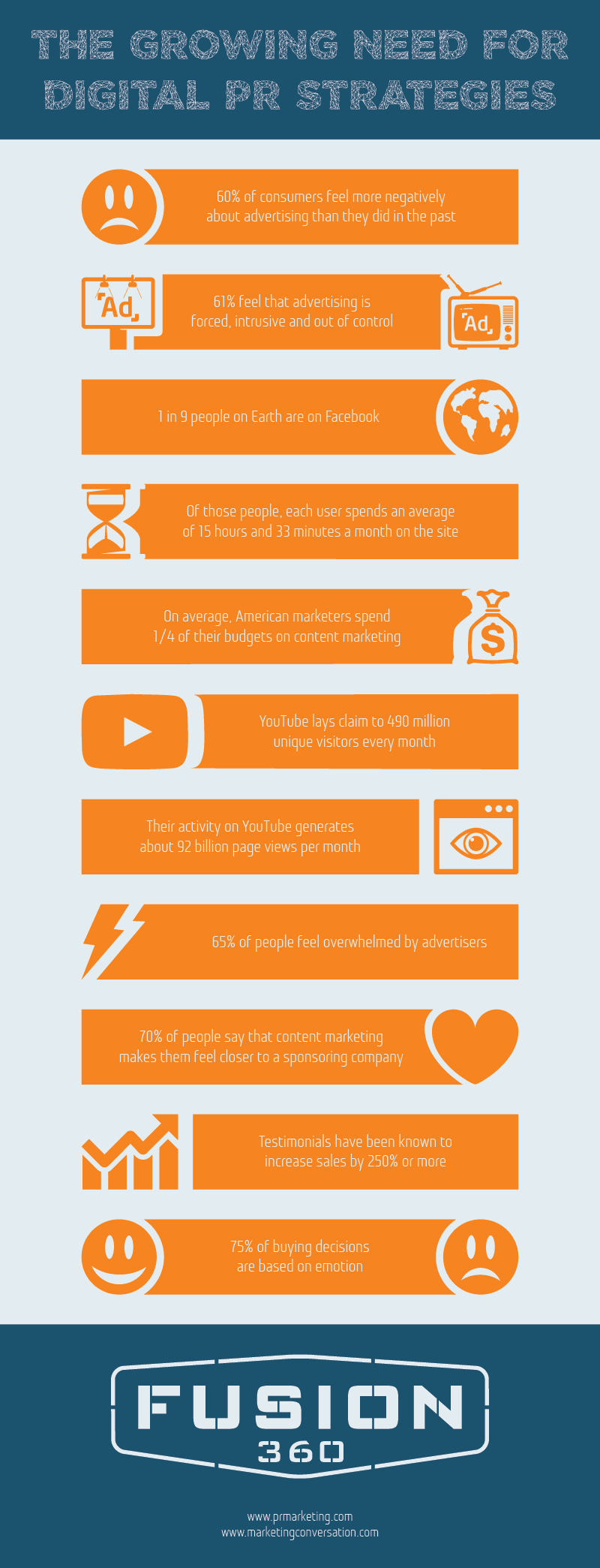
Any and all marketing agencies here in Utah—and in other parts of the country, for that matter—are quickly discovering that the timely, routine creation of quality content is one of the best ways to get your business and/or product noticed. Though content marketing in its current, digital, SEO-centric fashion is a relatively new advertorial trend for small and large businesses alike, the tactic of providing target audiences with valuable information as a way of both gaining trust and building a pool of potential clients has been around for over a century. Whatever your feelings are towards content marketing, one truth remains constant: this method of advertising has existed for longer than most people realize.

Teenagers are always eager to stay on top of the latest trends. Whether it’s clothing, hair or music, most teens want a proper part of whatever the masses are doing. Digitally speaking, things are no different. Currently, few things are bigger than social media. From posting pictures and status updates to humorous tweets and pinned interests, believe it or not, brands looking to make a name for themselves out on the World Wide Web have a great deal to learn from the up-and-coming group.
Most marketing companies realize that teens—and other demographics, for that matter—spend a great deal of time on social media: Facebook, Twitter, Instagram and Pinterest. While navigating the aforementioned social platforms, young people stumble across countless advertisements—many of which actually catch their attention and engage interest. If you and your company need better, more efficient access to America’s younger generation, the following infographic will serve as a blueprint of sorts:
